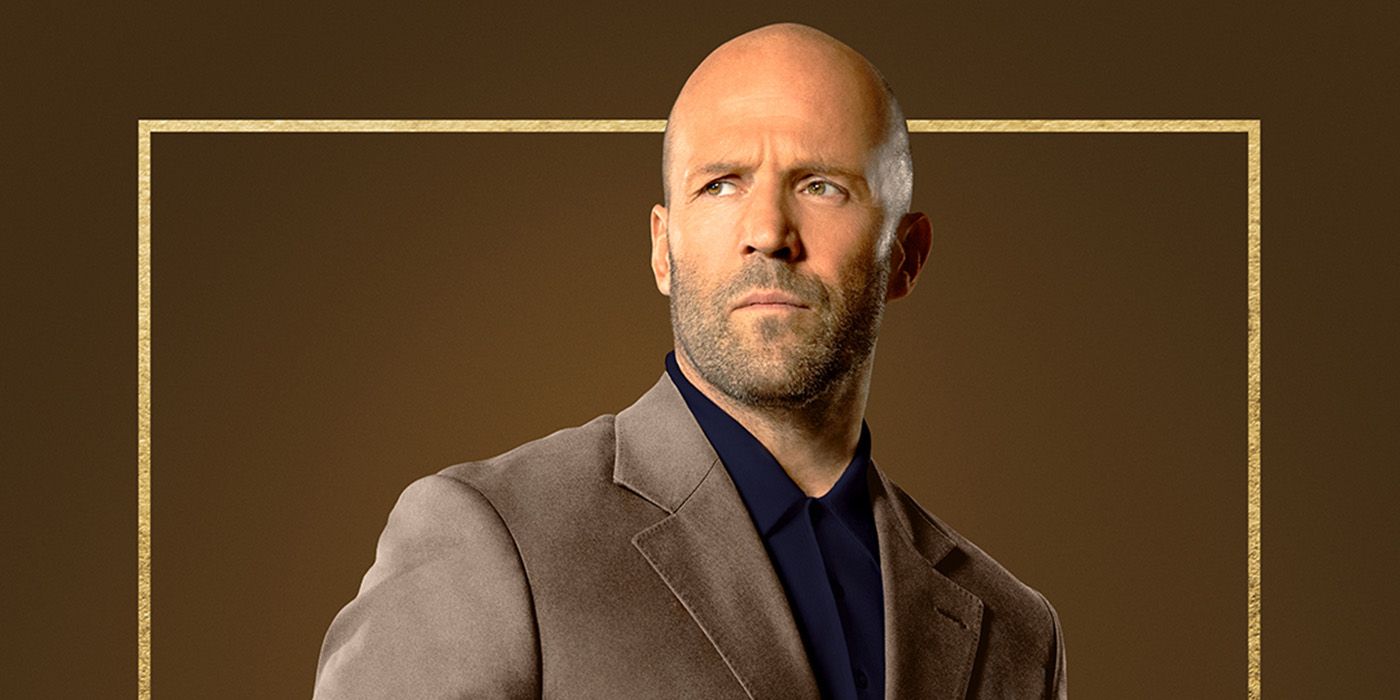The FIFTY SHADES movie trilogy, adapted from E.L. James’ bestselling novels, took the world by storm when it hit the big screens. This controversial and highly-discussed franchise captured the attention of audiences worldwide, sparking debates on love, relationships, and the portrayal of BDSM (Bondage, Discipline, Dominance, Submission, Sadism, and Masochism) in popular media. In this article, we delve into the cultural impact, criticisms, and overall significance of the FIFTY SHADES movies.
The FIFTY SHADES Movie Trilogy
Believing they’ve left behind the shadowy figures from the past, billionaire Christian Grey and his new wife, Anastasia, fully embrace their inextricable connection and shared life of luxury
When a wounded Christian Grey (Jamie Dornan) tries to entice a cautious Anastasia Steele back into his life, she demands a new arrangement before she will give him another chance.
The FIFTY SHADES Phenomenon
The FIFTY SHADES trilogy consists of three films – “Fifty Shades of Grey” (2015), “Fifty Shades Darker” (2017), and “Fifty Shades Freed” (2018). The movies revolve around the unconventional romance between Anastasia Steele, a naive college graduate, and Christian Grey, a successful businessman with a penchant for BDSM. The franchise quickly became a global sensation, attracting both devoted fans of the novels and curious audiences alike.
Controversial Themes and Reception
From the onset, the FIFTY SHADES franchise faced intense scrutiny for its portrayal of BDSM relationships. Critics argued that the movies romanticized abusive behavior, portraying Christian Grey as controlling and possessive rather than an enthusiastic practitioner of consensual BDSM. Some felt that the film blurred the lines between consent and coercion, which can be especially harmful when presented to impressionable audiences.
Conversely, defenders of the franchise contended that it introduced discussions around alternative sexual lifestyles, albeit in a fictional context. They argued that the portrayal of BDSM in the movies was intended for fantasy and entertainment rather than an accurate representation of the lifestyle. Nevertheless, the debate surrounding the films raised awareness of the importance of consent and communication in any relationship.
Female Empowerment vs. Submissiveness
One of the most contentious topics surrounding the FIFTY SHADES movies was the portrayal of the protagonist, Anastasia Steele. Some critics argued that her character represented a submissive and weak woman, reinforcing traditional gender stereotypes. On the other hand, supporters of the franchise saw Anastasia as a character who, despite her initial vulnerability, evolves into a stronger, independent woman over the course of the trilogy.
Box Office Success
Despite the polarizing reviews and controversies, the FIFTY SHADES movies achieved unprecedented box office success. The first film, “Fifty Shades of Grey,” grossed over $571 million worldwide, establishing the trilogy as a commercial triumph. The subsequent films, “Fifty Shades Darker” and “Fifty Shades Freed,” continued to rake in significant profits, demonstrating the immense popularity of the franchise.
Cultural Impact
Beyond its commercial success, the FIFTY SHADES trilogy left an indelible mark on popular culture. It sparked conversations about sexual empowerment, BDSM, and the blurred lines between fantasy and reality. The movies also inspired spin-off merchandise, fashion lines, and a renewed interest in romance novels and erotica.
Conclusion
The FIFTY SHADES movie trilogy is undoubtedly one of the most talked-about and controversial franchises of the 21st century. While it sparked passionate discussions about consent, BDSM, and gender dynamics, it also opened doors for more conversations about these topics. Whether praised or criticized, the FIFTY SHADES movies left a lasting cultural impact, prompting society to grapple with complex themes surrounding love, relationships, and the boundaries of fantasy and reality.








